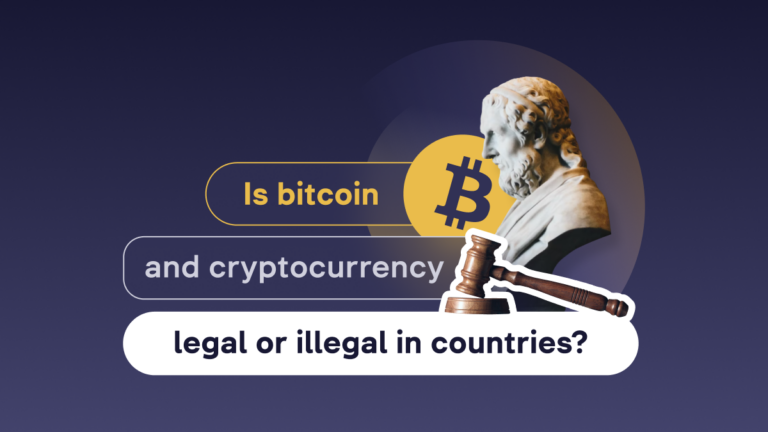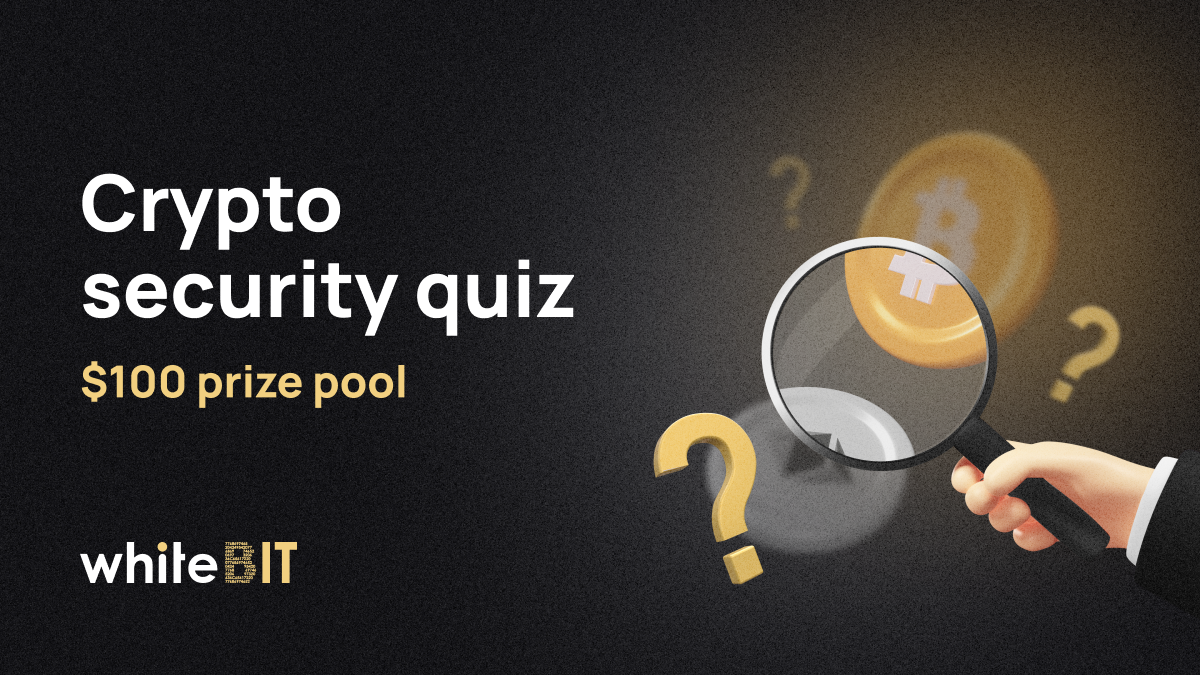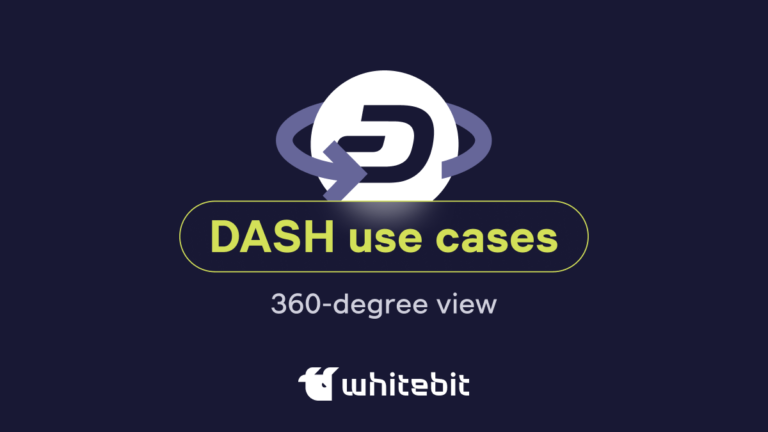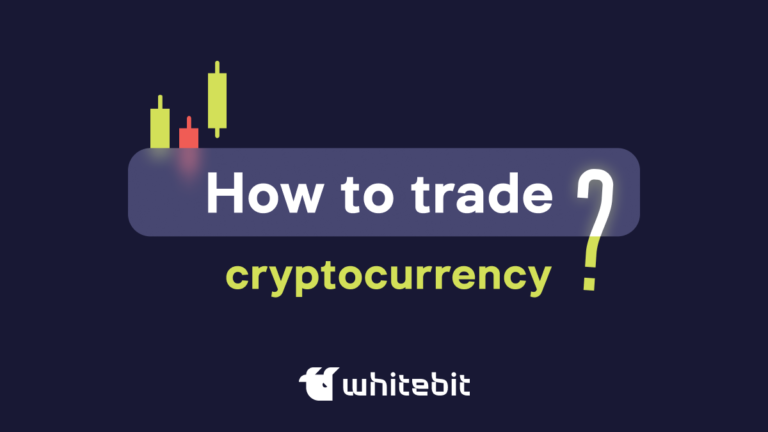What Is DAO in Crypto (Decentralized Autonomous Organization)
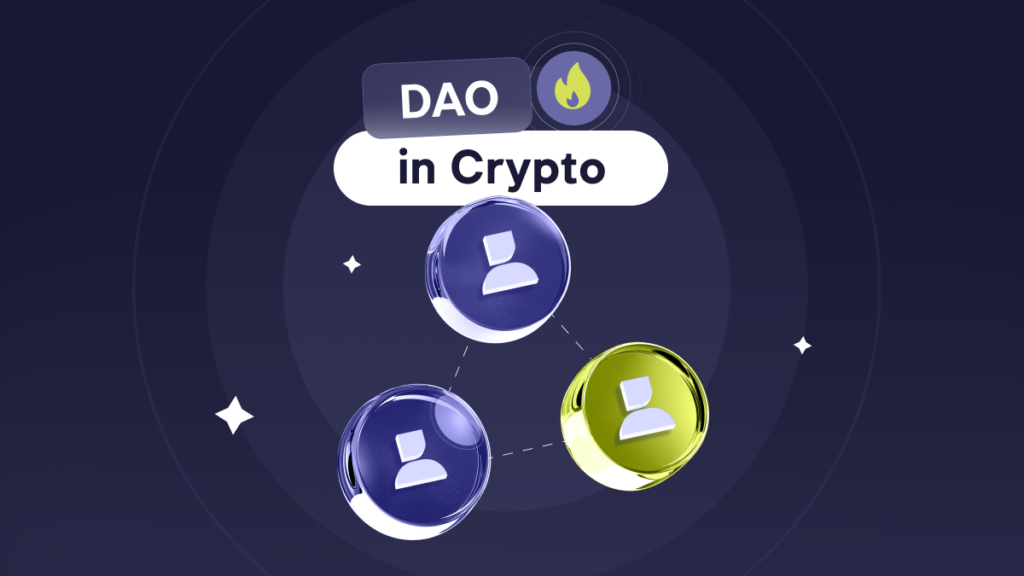
Content
Imagine a company without bosses, offices, and strict hierarchies, where all decisions are made collectively based on open and transparent voting. This is not a utopia but the reality of decentralized autonomous organizations, or DAOs. In this article, we will examine what is a DAO, how they function, and their role in today’s blockchain technology ecosystem.
What is the meaning of DAO?
DAO decentralized autonomous organization is managed through smart contracts.
Unlike traditional companies, DAOs operate without a traditional hierarchy. Their rules and processes are written in code and executed automatically, which ensures transparency and fairness in decision-making. In essence, crypto DAO are similar to conventional organizations that bring people together to achieve common goals.
In traditional companies, shareholders vote for board members, who appoint executives to make strategic and operational decisions. Such a governance system has a hierarchical structure and operates top-down. In contrast, DAOs are a more horizontal structure where each member can offer ideas and participate in decision-making.
In a DAO, native crypto token holders vote on proposals that should benefit the entire community. Some DAOs crypto use quadratic voting, which limits the influence of the largest token holders and makes the process more democratic. This contrasts with traditional corporations, where large shareholders influence the company’s management more.
Cryptocurrency DAO usually have cash reserves (treasury) used to implement ideas approved by the community. Their main activity is coordinating decisions on how to use these funds, which is similar to the reinvestment of profits in traditional companies for business development and fulfilling obligations to shareholders.
How Does a DAO Work?
DAO in crypto is a combination of rules and code that provides a governance mechanism through smart contracts. Decisions are made collectively based on voting using native tokens.
To make decisions, community members vote, and the strength of their vote depends on the number of tokens. Voting can be done on specialized DAO in blockchain services or platforms such as Tally or Snapshot. Snapshot saves time in shaping voting methods. DAO members work together following transparent and clear rules spelled out in smart contracts.
Types of DAO membership:
- Token-based membership DAO tokens are traded on decentralized exchanges and used for governance. Each DAO cryptocurrency grants voting rights. Tokens can be obtained in exchange for services for the organization, as was the case with airdrop from Uniswap (UNI).
- Share-based membership Such DAOs are only sometimes open to everyone. Potential members are vetted and pay a fee (like Ethereum (ETH) or Dai (DAI).
DAO Functions
- Voting and decision-making: participants vote on various proposals and initiatives using native tokens.
- Asset management: DAOs manage the treasury by allocating funds based on voting results.
- Rule-making and enforcement: all rules and procedures are written in smart contracts, providing transparency and automation.
- Project development and funding: participants can propose and fund projects through voting, and receiving funds from the DAO’s reserves.
- Transparency and accountability: all transactions and decisions are recorded on the blockchain, making them available for participant verification.
DAO Types
Protocol-based DAOs
Govern decentralized protocols and blockchain projects such as Uniswap or Compound. Participants vote on protocol updates, parameter changes, and revenue sharing.
Investment DAOs
Focus on collective investment in startups, projects, and assets.
Participants pool funds for investment and vote on investment decisions. Examples include The DAO and MetaCartel Ventures.
Social DAOs
Created to bring together people with common interests or goals.
It may include charitable organizations, interest groups, and communities for collective decision-making. Examples include Friends With Benefits (FWB).
Service DAOs
Provide services or products to their members and external users.
Members manage activities and distribute revenues. An example is the Gitcoin DAO, which funds the development of open source code.
Media DAOs
Engaged in content creation and distribution.
Participants can vote on projects and articles, fund content, and distribute revenue from advertising and subscriptions. An example is a bankless DAO.
Each type of DAO has its characteristics and applications, allowing decentralized organizations to function effectively in different areas and attract participants with different interests and goals.
Components of a DAO
The main component of MAOs is, of course, the participants. Token or share holders can participate in the management of a DAO. Platforms and interfaces are also used to help interact and manage DAOs. They allow ideas to be proposed, votes to be cast, and activities to be tracked. However, with the following components, the work of a DAO is possible. Let’s consider the list of main DAO components.
- Smart Contracts
A fundamental element of the DAO that automates the execution of rules and procedures. smart contracts define the conditions under which transactions, voting, and other actions occur, ensuring that decisions are executed without third-party intervention.
- Tokens
Are used to vote and manage DAOs. They can represent ownership interest, voting rights, or access to DAO resources. Tokens are often traded on decentralized exchanges (DEX), providing liquidity and accessibility to participants.
- Cash reserves (treasury)
The DAO manages a fund that is used to finance projects, remunerate participants, and for other purposes. Decisions on spending are made by voting. All transactions and fund allocations are transparent and can be tracked on the blockchain.
- Voting
Participants decide on proposals and initiatives through voting. Various voting mechanisms are used, including quadratic voting, to distribute voting power more fairly.
DAO Benefits and Disadvantages
Let’s look at the DAO Pros and Cons:
| Pros | Cons |
| Transparency and accountability | Difficulties with legal status |
| Decentralization of governance | Vulnerabilities in smart contract code |
| Process automation | Low speed of decision-making |
| Absence of corruption and abuse of influence | Risk of concentration of power with large token holders |
| Global access and participation | Lack of flexibility |
How to Build a DAO?
Smart Contracts Creation
The first step in creating a DAO is to develop smart contracts that will define the rules and procedures for the organization. This includes:
- Writing the code for the smart contracts that describe the mechanisms for voting, asset management, membership, and other processes.
- Testing the contracts on specialized test networks to ensure they work correctly and are secure.
- Conducting security audits of smart contracts by independent experts to minimize vulnerability risks.
Funding
For the successful launch and operation of the DAO, it is necessary to provide it with sufficient financial resources. This step includes:
- Raising initial capital through the sale of native tokens. This can be done through ICO (Initial Coin Offering) or other forms of crowdfunding.
- Establishing a treasury that will be used to fund projects and reward participants.
- Ensure transparency and accountability in managing funds so that participants can see how and where resources are spent.
Deployment
The final step is to deploy the DAO on the blockchain and get it up and running. This step includes:
- Placing smart contracts on the underlying blockchain network, such as Ethereum.
- Activating voting and governance mechanisms so that participants can start working immediately.
- Announcing the launch of the DAO and inviting participants to join the organization and participate in governance.
By following these steps, it is possible to successfully create and launch a decentralized autonomous organization DAO that provides transparent and fair management of resources and processes.
DAO Examples
A few examples that show the variety of types and scope of DAOs, from crypto project management and investment to educational initiatives and legal support:
- Olympus DAO, Maker DAO, 1inch: Crypto projects in which token holders can vote and determine development paths. These projects allow users to influence the management and development of the platform through voting.
- PleasrDAO: A project whose activities are aimed at investing or collecting NFT. PleasrDAO members collectively buy and manage digital assets to increase their value and rarity.
- MolochDAO: A grant-funding DAO that supports projects in the Ethereum ecosystem. Members contribute funds and vote to distribute grants to fund various initiatives.
- Odyssey DAO: An educational DAO that believes in making Web3 education accessible to all. The organization develops and disseminates educational programs to increase literacy in decentralized finance (DeFi) and DAO technology.
Conclusion
With the advent of DAOs, the world has a tool for creating autonomous, transparent, and decentralized organizations. DAOs not only improve management and decision-making processes but also give participants more opportunities to actively and consciously participate in project development. They are not just a step into the future; they are already the present.
FAQ
The definition of DAO, or Decentralized Autonomous Organization, encompasses a blockchain-based entity where governance and decision-making processes are automated through smart contracts, allowing for collective management by token holders.
DAOs make money by charging transaction fees on their platforms, investing in projects and startups, selling services and products, receiving grants and subsidies, and organizing auctions and sales of unique assets such as NFTs.
The legality of DAOs depends on the jurisdiction in which they operate and compliance with local laws and regulations.
DAOs manage projects and assets, make collective decisions, allocate funds and ensure transparency and decentralized management.

